Canada Lynx Defenders of Wildlife
Par un écrivain mystérieux
Last updated 09 juillet 2024
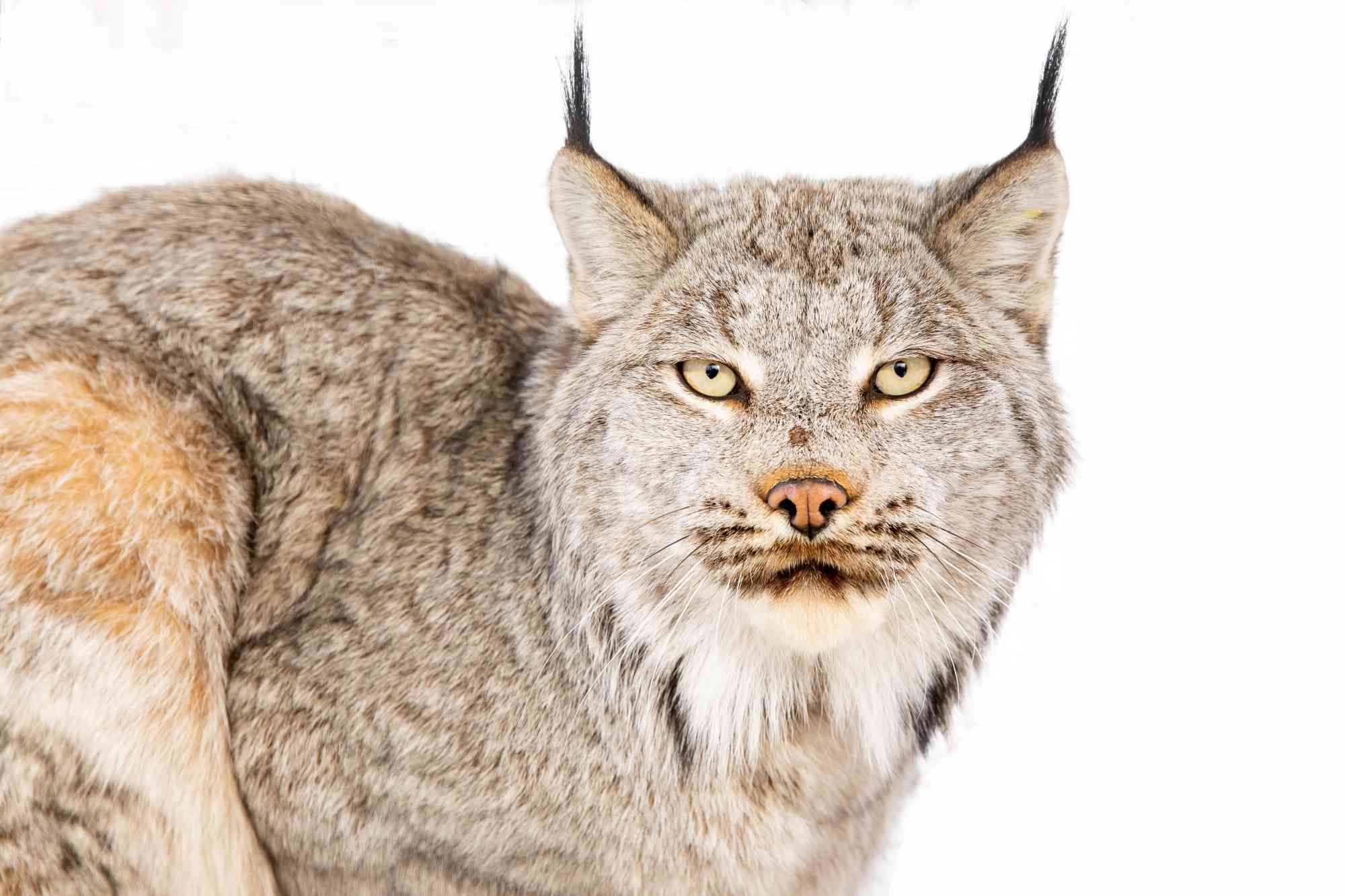
Canada lynx look similar to bobcats, but there are some distinguishing features: bobcats have shorter tufts on their ears, the tip of their tail is black on top and white underneath, and bobcats have shorter legs and smaller feet than lynx. Perhaps the biggest distinction is that lynx mostly occur only in northern states along the Canadian border or in mountainous regions, while bobcats range across almost the entire Lower 48 states. Lynx, like other forest hunters, play an important ecological role. As a mid-size carnivore, lynx target smaller prey species that reproduce relatively quickly. They also require a mixed habitat that includes younger forests with thick vegetation for hunting small prey, and older forests with a full canopy and good cover for denning.

Re-entry to civilization from the Alaskan wilderness

Save the Canada Lynx

Defenders of Wildlife on Instagram: Look again, these are no ordinary cats! Two #CanadaLynx were spotted near Sterling, Colorado, enjoying a snow day. See link in bio for facts about this threatened
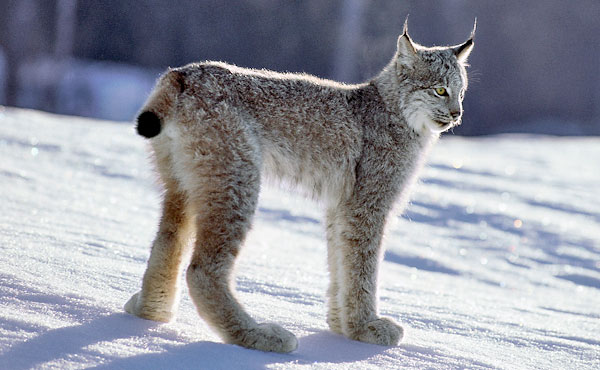
Canada Lynx (Canadian Lynx) - Coniferous Forest
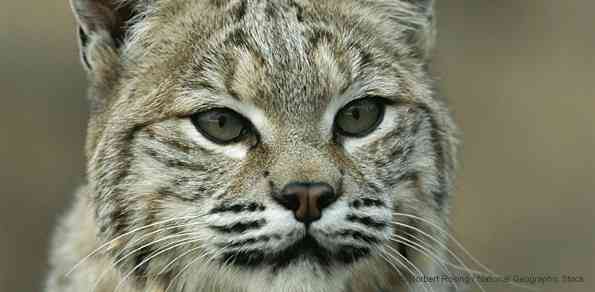
Road to Recovery: Canada Lynx
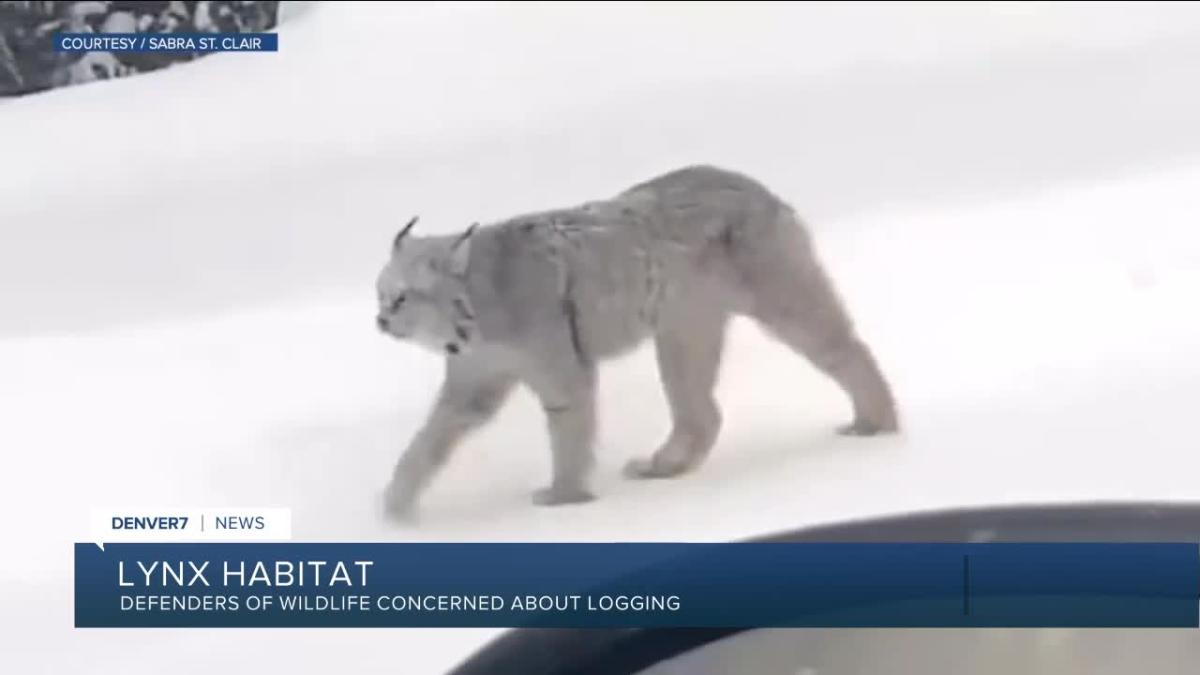
Lawsuit over lynx in Colorado going to federal appeals court

Mark Cheater Presentation - PCDC 9.23.10
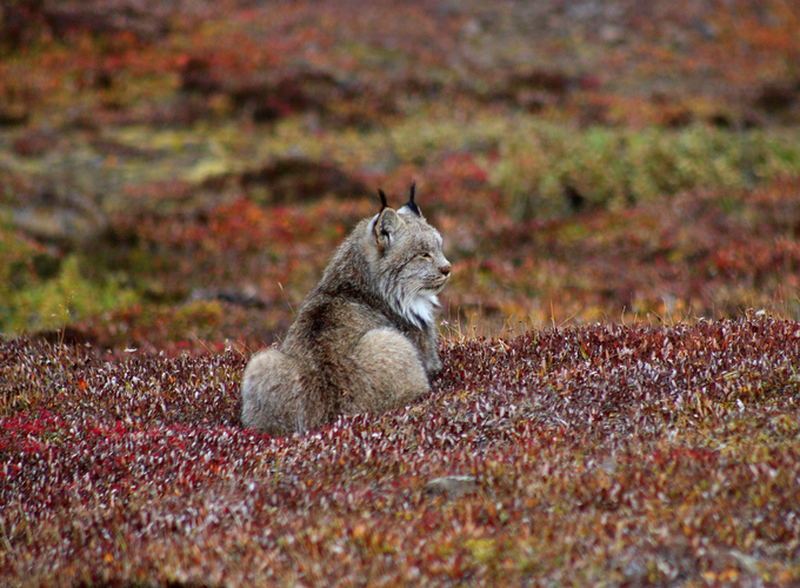
Blog posts Center for Conservation Innovation

Feds drop appeal on lynx habitat, revising plan
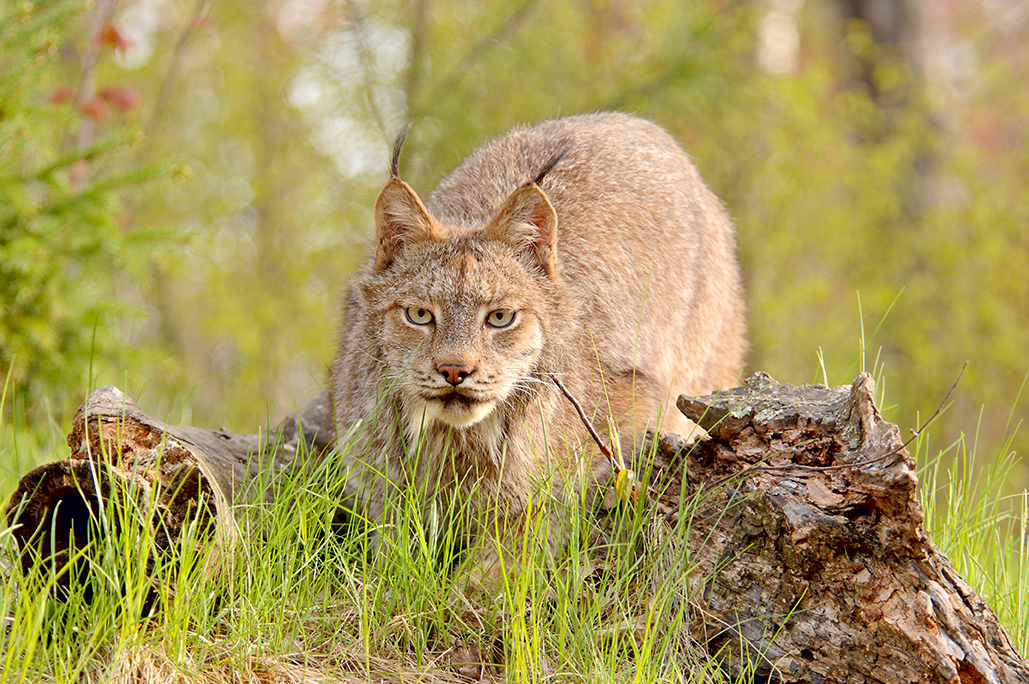
Wildlife experts trying to recreate habitat to protect lynx in Maine - The Fur-Bearers

A Plan of Firsts: Lander Resource Management Plan Tackles Big Picture
Recommandé pour vous
 Eurasian lynx - Wikipedia14 Jul 2023
Eurasian lynx - Wikipedia14 Jul 2023 Safari S181829 Wild North American Wildlife Lynx Miniature Plastic Minature14 Jul 2023
Safari S181829 Wild North American Wildlife Lynx Miniature Plastic Minature14 Jul 2023 Winter Wildlife Pt. 3: The Ecology of Canada Lynx and Snowshoe Hare - Grizzly bear conservation and protection14 Jul 2023
Winter Wildlife Pt. 3: The Ecology of Canada Lynx and Snowshoe Hare - Grizzly bear conservation and protection14 Jul 2023 Eurasian Lynx Position Statement14 Jul 2023
Eurasian Lynx Position Statement14 Jul 2023 How to tell the difference between bobcat and lynx14 Jul 2023
How to tell the difference between bobcat and lynx14 Jul 2023 Lynx, Description, Size, Habitat, & Facts14 Jul 2023
Lynx, Description, Size, Habitat, & Facts14 Jul 2023 Lynx Fact Sheet, Blog, Nature14 Jul 2023
Lynx Fact Sheet, Blog, Nature14 Jul 2023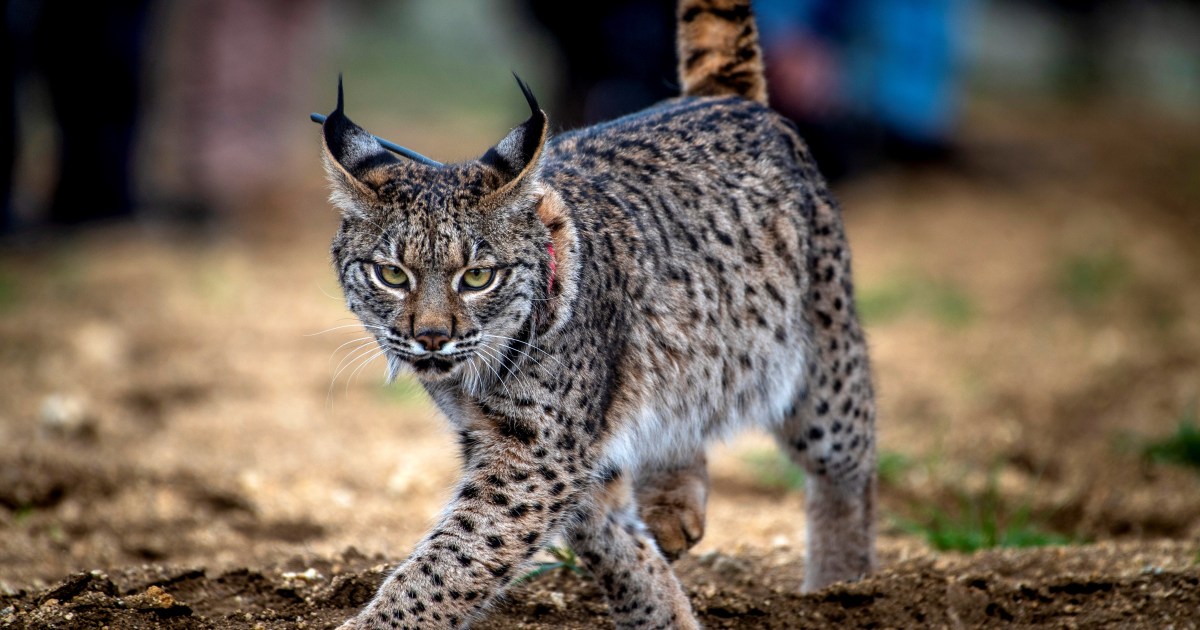 Breeding project boosts Iberian lynx numbers from 94 to 1,100, Environment14 Jul 2023
Breeding project boosts Iberian lynx numbers from 94 to 1,100, Environment14 Jul 2023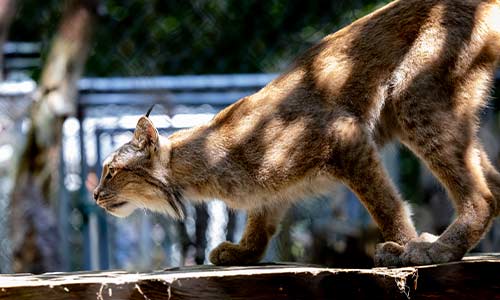 Canada Lynx14 Jul 2023
Canada Lynx14 Jul 2023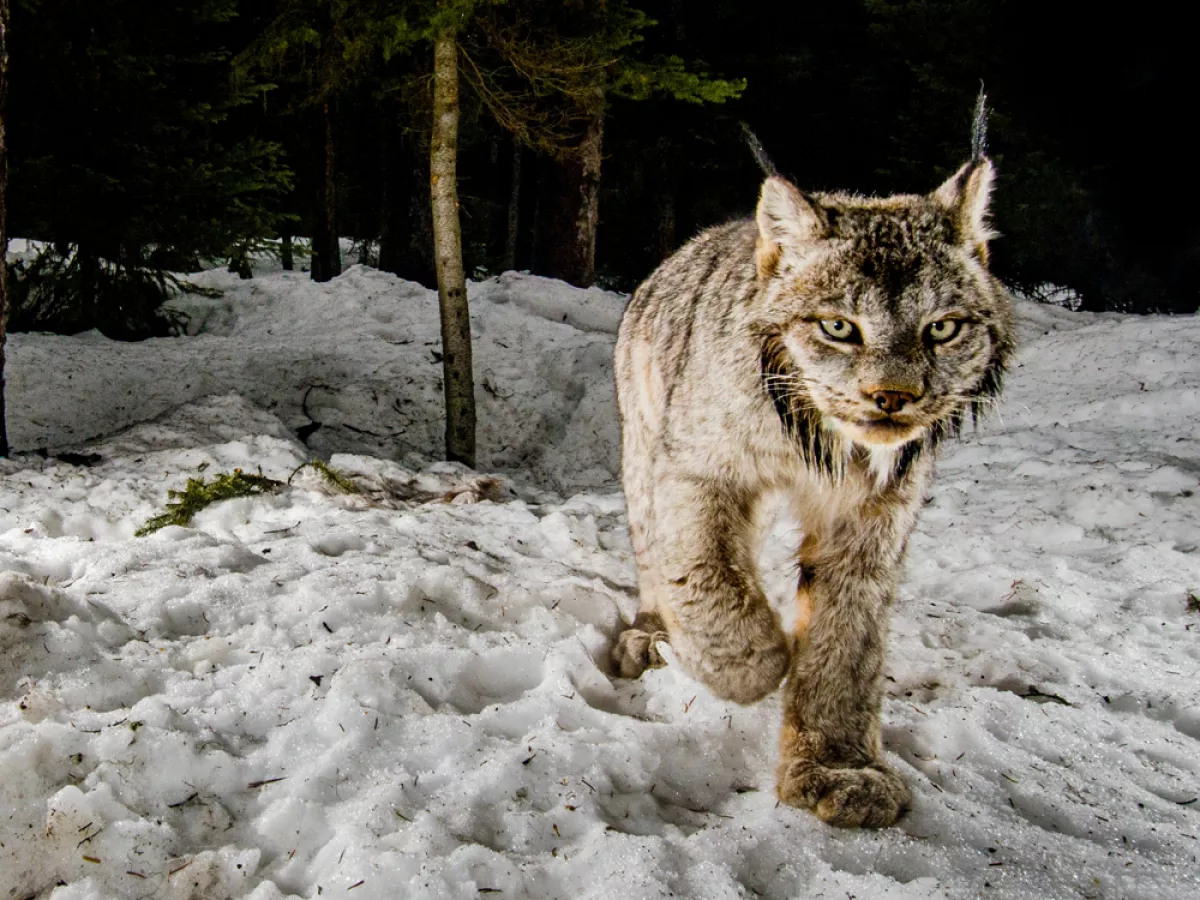 In Eastern Washington, the Canada Lynx Makes a Comeback14 Jul 2023
In Eastern Washington, the Canada Lynx Makes a Comeback14 Jul 2023
Tu pourrais aussi aimer
 Maracas en calebasse14 Jul 2023
Maracas en calebasse14 Jul 2023 Tripack Pokémon évolution céleste Bekaglçon 3 boosters +1 promo14 Jul 2023
Tripack Pokémon évolution céleste Bekaglçon 3 boosters +1 promo14 Jul 2023 Palmolive Shaving Cream Menthol 100g Tube – ItalianBarber14 Jul 2023
Palmolive Shaving Cream Menthol 100g Tube – ItalianBarber14 Jul 2023 Papier abrasif 3 Feuilles pour ponçage à l'eau Grain Fin n°600 : Sintofer14 Jul 2023
Papier abrasif 3 Feuilles pour ponçage à l'eau Grain Fin n°600 : Sintofer14 Jul 2023 CONFORTEAM - Canapé lit Eden Clic Clac 130cm gris matelas 35kg14 Jul 2023
CONFORTEAM - Canapé lit Eden Clic Clac 130cm gris matelas 35kg14 Jul 2023 SAC BANANE CARRIE - CUIR NOIR DÉTAILS CLOUTÉS – LE PETIT CARTEL14 Jul 2023
SAC BANANE CARRIE - CUIR NOIR DÉTAILS CLOUTÉS – LE PETIT CARTEL14 Jul 2023 The Fidget Spinner Is the Perfect Toy for the Trump Presidency14 Jul 2023
The Fidget Spinner Is the Perfect Toy for the Trump Presidency14 Jul 2023 Diable grande hauteur 3 roues14 Jul 2023
Diable grande hauteur 3 roues14 Jul 2023 Pack Plats Bio Introduction Protéines et Gourdes Fruits pour Bébé dès 6 mois - Good Goût14 Jul 2023
Pack Plats Bio Introduction Protéines et Gourdes Fruits pour Bébé dès 6 mois - Good Goût14 Jul 2023/product/54/8312/1.jpg?3689) afroled Pack-de-4-Reglette-LED-Étanche-120cm-220v-36w-Blanc Froid prix tunisie14 Jul 2023
afroled Pack-de-4-Reglette-LED-Étanche-120cm-220v-36w-Blanc Froid prix tunisie14 Jul 2023